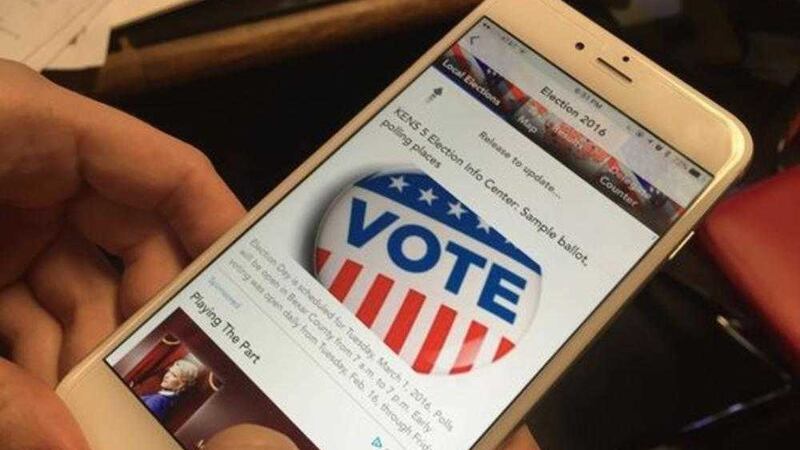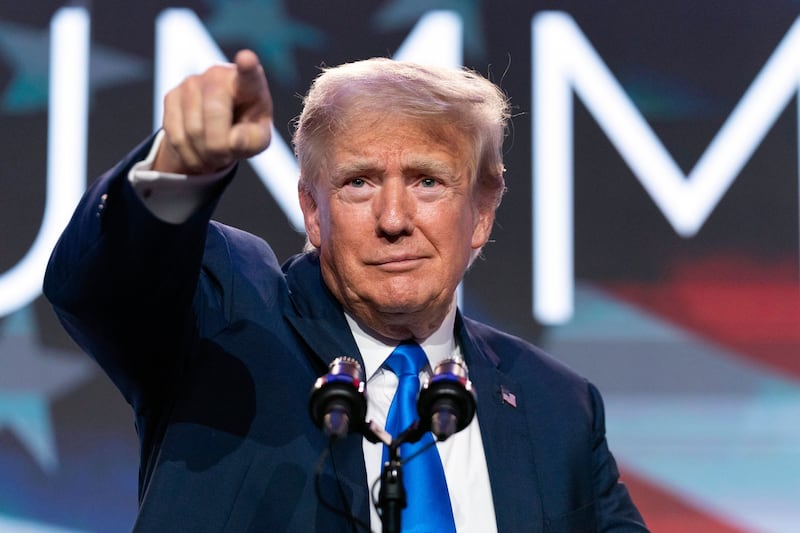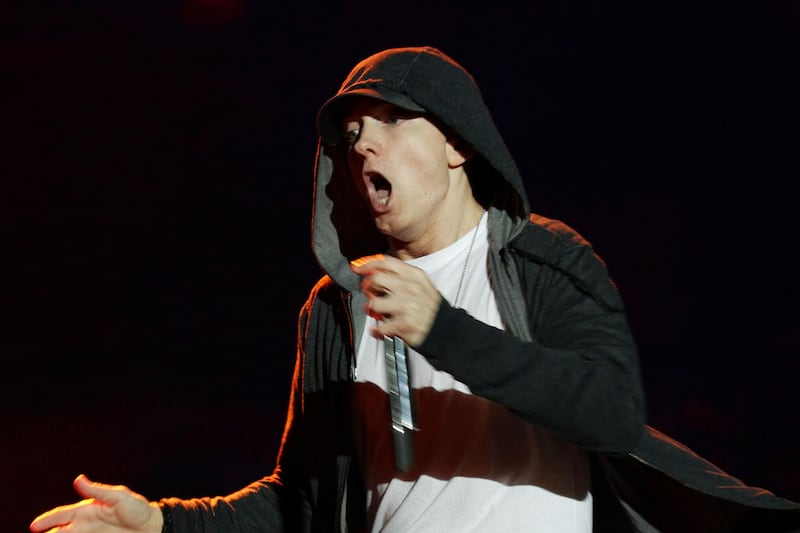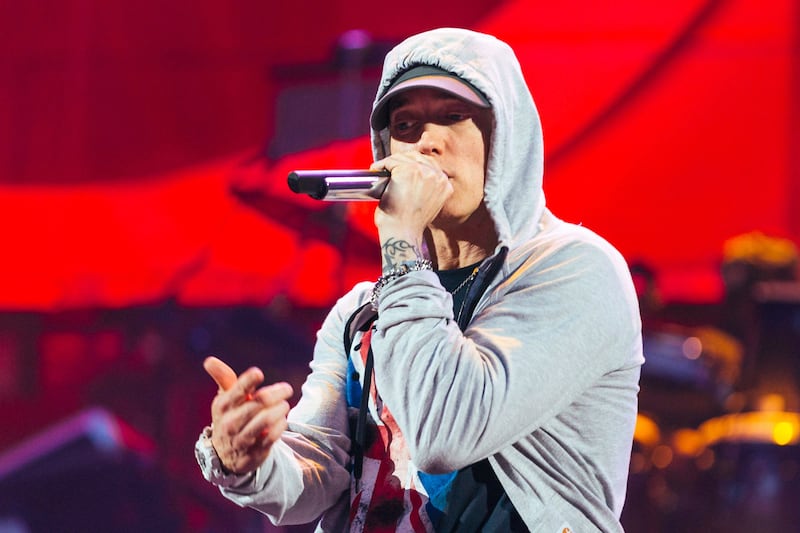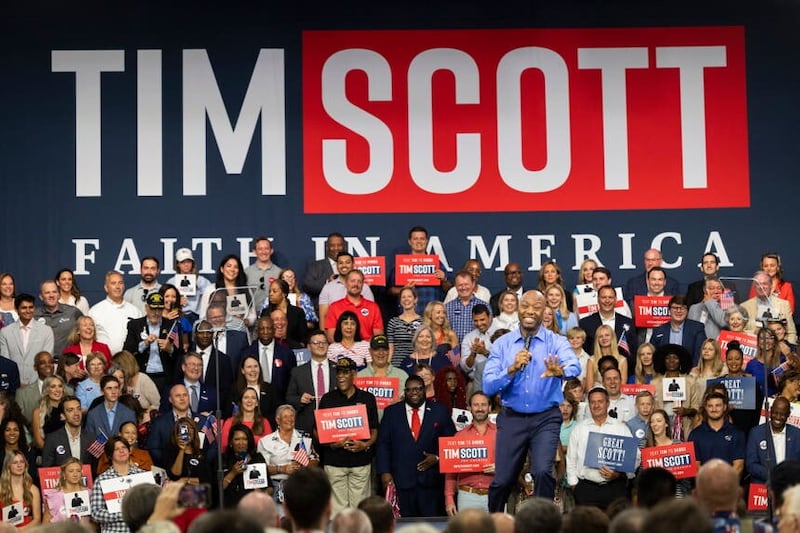IT'S no secret that in the 2008 US presidential election, Barak Obama was the first US presidential candidate and possibly the first major political leader to fully engage with social media.
In the 2008 US election Obama, who was up against John McCann, targeted 18 to 29 year-olds by using the efficiency of the internet. He continuously fed his political messages out to the young audience, who relied heavily on this medium to get their political information.
In technology terms, specifically in the US, typically what makes an initial entrance in one presidential election campaign, tends to be common place in the following election, four years later.
In 2004, Howard Dean, a candidate for the Democratic Party’s nomination for the US Presidency, was the first candidate to collect meaningful online donations, and in 2008 e-commerce became a huge part of the Obama fundraising platform.
Social media emerged in 2008 and by 2012 it became hugely influential in how candidates gathered and messaged to their audiences. In 2012, mobile first became an important piece of technology for campaigns, and now in 2016 it is the dominant technology.
Clinton and Trump must reach their potential voters where they are, and today that is on their smart phones.
Most political analysts in the States believe that digital media has reached parity with TV, among registered US voters. The Hispanic and African-American influence on this year’s election is likely to be greater than ever and this community, along with the youth of America – another major influence on the election - will most likely be mobile only internet users.
Monitors of these communities have calculated that for example, two-thirds of Hispanic and 60 per cent of African-American voters, visit political sites via their mobile device, as opposed to 49 per cent of others.
This year in the States, the campaigns are also harnessing mobile technology in the field, with apps that give managers real-time oversight of their operations and enable more seamless data sharing and collection among the campaign organisers.
Earlier in the race for the Democratic Party’s presidential nomination, Bernie Sanders campaign proved to be an early adopter of some emerging mobile capabilities. Using the Hustle app enabled his supporters to initiate and then manage a large volume of text-message conversations.
The Sanders team also created a rapid-response digital program to capitalise on key events as they happened. When the candidate stated in one debate that people were sick of hearing about Hilary Clinton’s “damn e-mails,” the Sanders campaign had sent out a text to supporters before the candidates left the podium. They reputedly made $3 million, thanks to that rapid response.
Mobile could also be a powerful ‘Get-out-and–vote’ tool for both Clinton and Trump on election day, as texting and other mobile technological approaches could be critical come November.
Elections and in particular US elections, tend to be great incubators for new communication tools. Campaigns set up shop and grow quickly and their window of existence is just two years. They’re focused on speed and experimentation and they try everything they can to win at the margins. They move quickly and experiment with new technology because it’s life or death.
In 2016, mobile technology has taken the lead in election strategy. It’s how voters get their news and information. It’s how they engage with social media and how they donate money and time. In many states, it’s even how they register to vote. In a year when campaigns have gone 24/7, mobile technology is a critical enabler.
: Trevor Bingham (editorial@ itfuel.com) is business relationship manager at ItFuel in Craigavon. Follow them on Twitter @itfuel
